In the swiftly evolving digital marketing landscape, knowledge of the effect of zero-click searches and featured snippets is vital for any commercial enterprise trying to enhance its online presence. The age of zero-click on searches—where people find what they need directly on the search results page without clicking away—is upon us, as search engines strive to provide the most efficient and direct answers to user queries.
On the other hand, featured snippets are those facts containers you see at the top of search results, giving customers a summary of the information they are searching for. Maintaining visibility and relevance in the competitive digital landscape of 2025 makes these aspects crucial. Hence, their compliance with and optimization for them should be the priority.
In this article, we will discover the trends and tactics you can use to stay ahead of the game, keep your content in front of your target audience, and supply it as effectively as possible. So, let’s adapt to those modifications and improve your online presence.
What Are Zero-Click Searches?
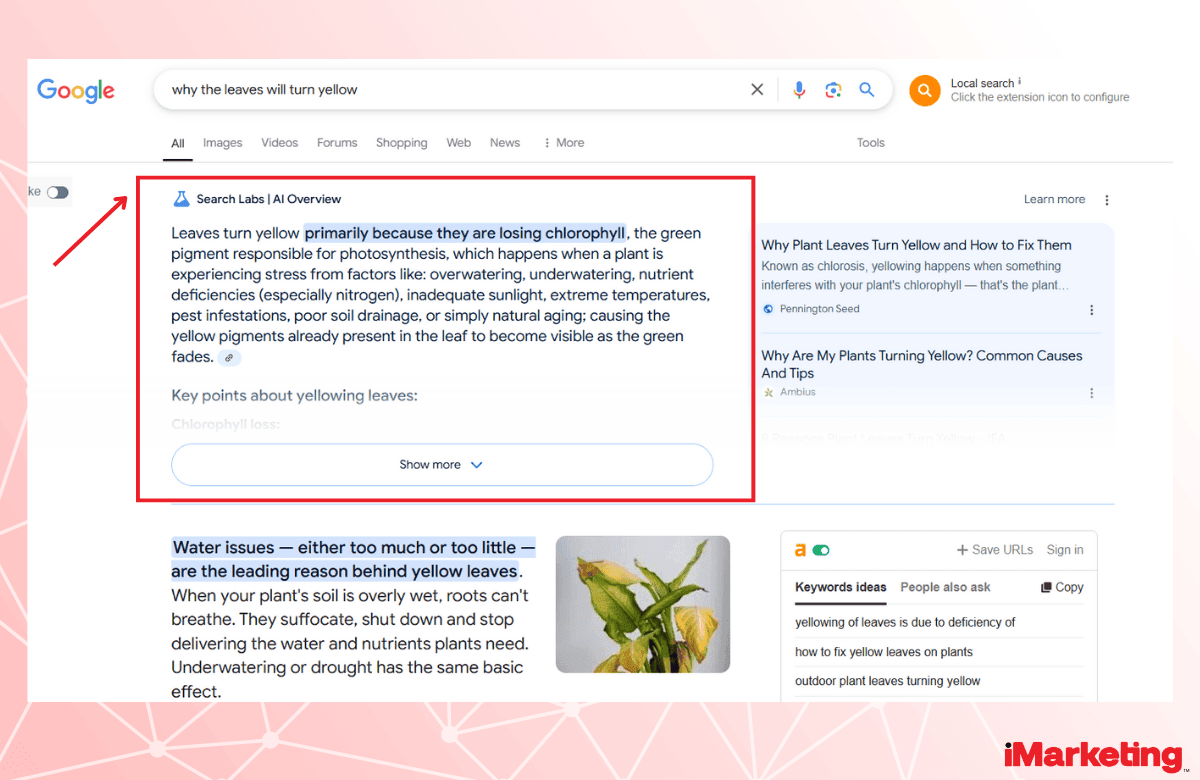
Zero-click searches refer to searches where a user discovers the answer to their search directly on the search results page and does not need to click on an external link. These instant answers are typically highlighted so that the user’s question is answered quickly and with minimal time wasted. A zero-click search result includes information gathered from different online sources and displayed in summary form by the search engine at the top of Google’s search results.
Featured Snippets: The Gateway to Zero-Click Results
Featured snippets are small or highlighted summary textual content on the top of search engine results pages (SERPs) in reaction to consumer queries. They intend to provide direct and useful solutions to stop users at the seek consequences page, preventing customers from having to click through to an internet site. The importance of featured snippets in user search has been growing. These snippets can significantly impact organic search traffic by decreasing user engagement and pressuring businesses to innovate their SEO strategies.
Why Zero-Click SEO Matters in 2025
The Evolution of Search Engine Results Pages and User Behavior
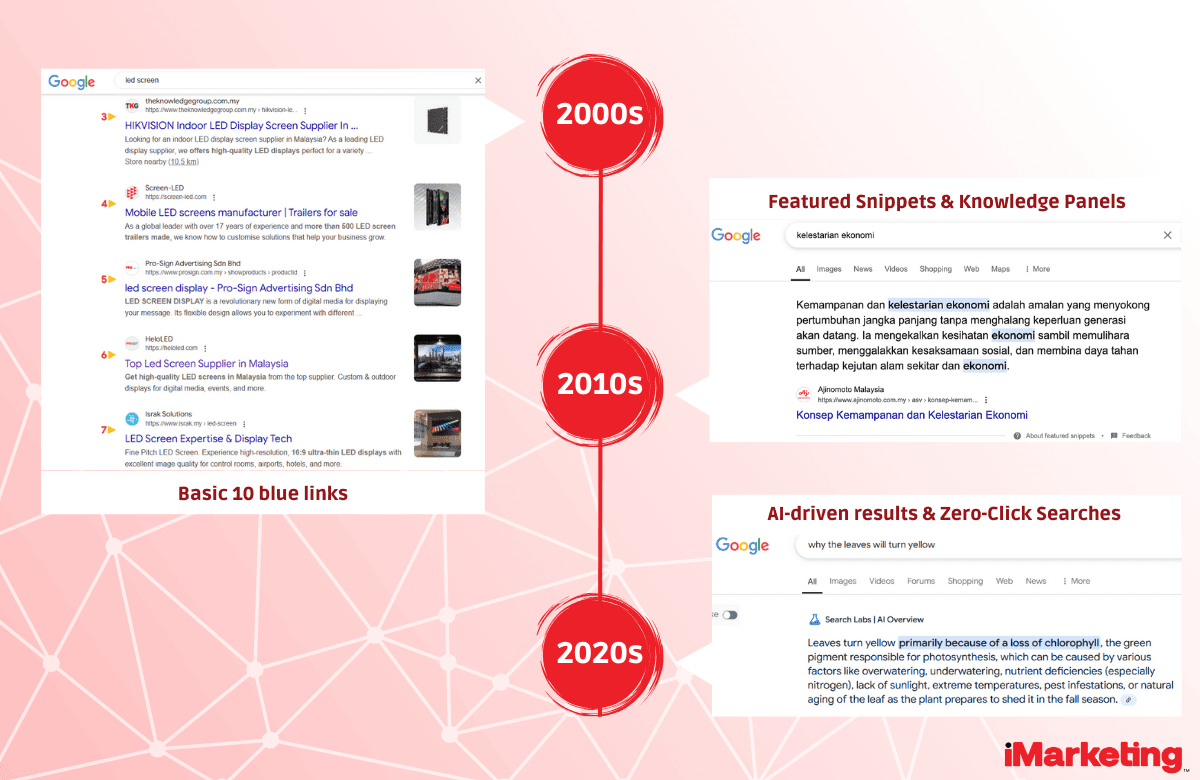
In recent years, search engine results pages (SERPs) have been transformed drastically to adapt to the call for instant and available facts. With Google’s increasingly more state-of-the-art algorithms, website owners now need to proactively offer customers direct answers on the Seel web page so they can click on external websites. This shift has caused 0-click searches, in which people locate the important facts without leaving the quest results in pages. Mobile searches, in particular, tend to experience higher rates of zero clicks compared to desktop, impacting brand visibility and SEO strategies.
With this, personal conduct has shifted, and people now expect quicker, more handy access to facts. Zero-click searches provide this comfort, enabling customers to find applicable information without scrolling through a couple of consequences pages. As SERPs evolve and consumer behaviors change, optimizing for zero-click searches has become vital for keeping visibility and competitiveness in a crowded digital marketplace.
Benefits of Zero-Click Optimization for Businesses
- Boosting Visibility: Businesses can secure valuable space at the top of SERPs by optimizing for zero-click searches. Even users who don’t click through to the website will be exposed to the brand, increasing visibility.
- Better User Experience: Providing direct solutions to consumer queries enhances their general experience, making them much more likely to return for future information desires.
- Competitive Advantage: Businesses that adapt to the rise of zero-click searches can gain a competitive edge. Featuring in snippets or other zero-click formats positions a business as a trusted authority in its industry.
- Quality Traffic Over Quantity: While 0-click searches may reduce overall site traffic, those who do click through are often more qualified and engaged. These customers generally discover precisely what they are searching for, leading to higher conversion rates.
- Data-Driven Insights: Zero-click SEO pushes businesses to focus on what users search for and how they phrase their queries. This focus on user intent helps companies create more relevant and targeted content.
- Cost-Effective: Optimizing for zero-click searches is often a cost-efficient way to boost visibility. It typically requires strategic content changes rather than large advertising spending, making it a more sustainable long-term digital marketing strategy.
Understanding Zero-Click Searches
How Zero-Click Searches Work
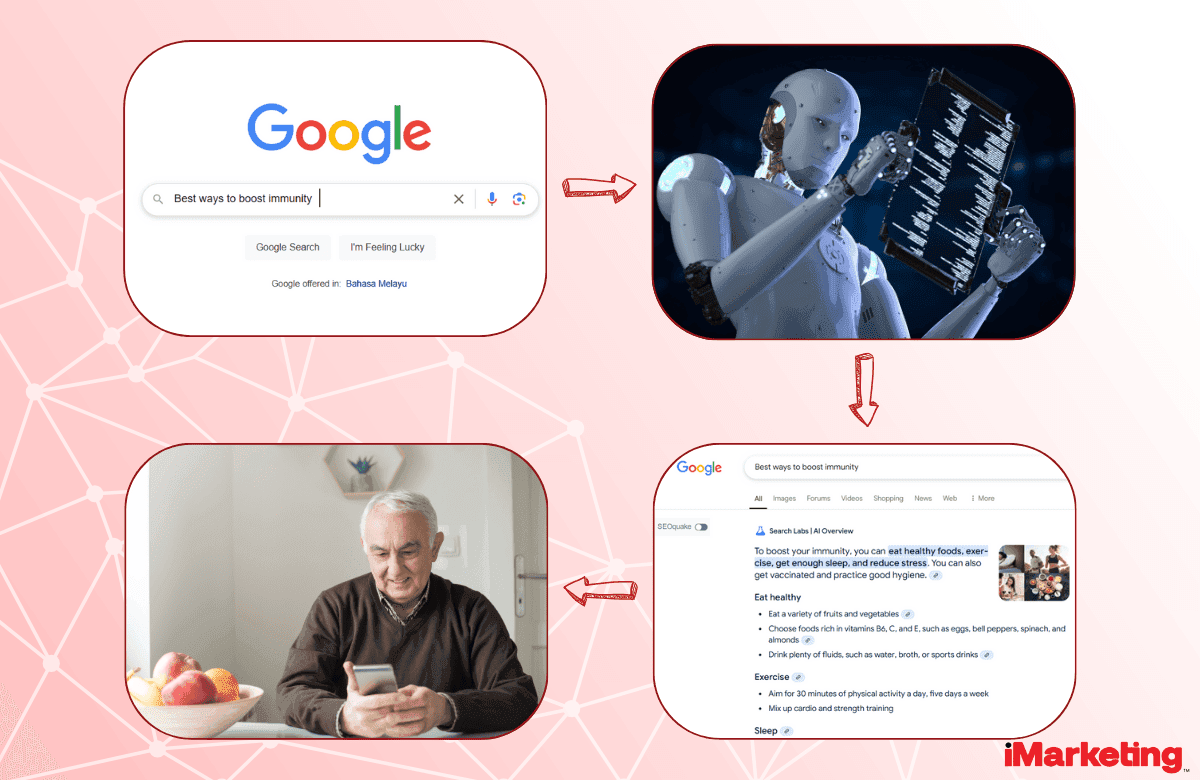
Zero-click search results by displaying answers directly on the search engine results page (SERP), allowing customers to discover what they need without clicking any links. This is made possible through special features and facts panels that SERPs, like Google, use to enhance user experience.
Here are the main components:
- Featured Snippets: These are highlighted blocks of information that appear at the top of the SERPs, offering concise answers to queries. They can be paragraphs, lists, tables, or videos.
- Knowledge Panels: These are information boxes on the right side of the SERPs that provide detailed information about people, places, events, or companies.
- Direct Answers: Short, straightforward answers to simple questions, like definitions or factual information.
- Instant Calculations and Conversions: These tools enable users to perform calculations or conversions on the SERP.
- Local Results: These display information about nearby businesses, such as their hours of operation, contact details, and location maps, which are often prominently featured on the SERP.
What Triggers Zero-Click Searches?
The triggers for zero-click searches largely depend on the query type and how effectively the search engine can interpret and provide relevant results. Here are some common triggers:
- Informational Queries: These searches seek quick facts or explanations, such as “What is the tallest building in Malaysia?” or “How to make an origami?”
- Navigational Queries: Searches for specific websites or locations, like “Facebook login” or “Starbucks near me.”
- Transactional Queries: These involve searches to complete a transaction, such as “Buy iPhone 15” or “Cheap flights to Langkawi.”
Examples Across Different Industries
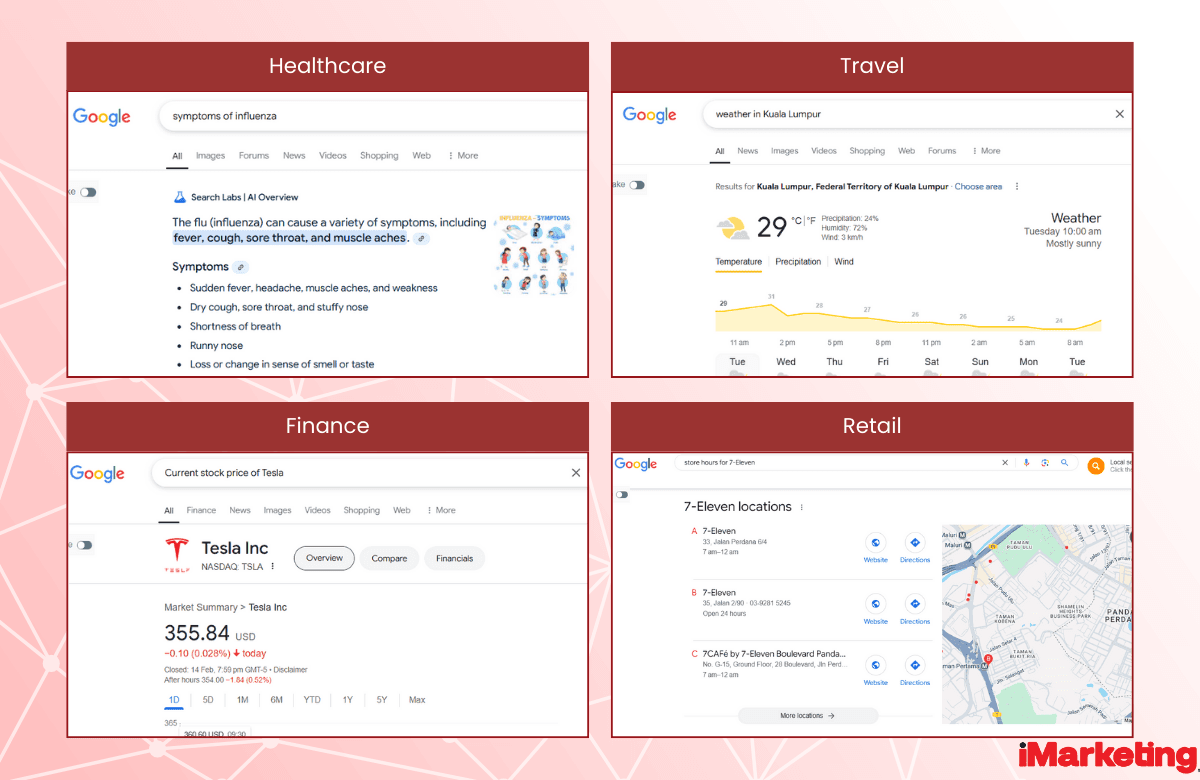
Zero-click searches span across different industries, giving users the answers they need without leaving the search engine:
- Healthcare: Searches like “symptoms of flu” or “calorie count in an apple” provide quick answers and featured snippets with vital health information.
- Finance: Queries like “current exchange rate USD to EUR” or “mortgage calculator” often trigger zero-click results, showing up-to-date data or interactive tools directly on the SERP.
- Travel: Searches such as “weather in Kuala Lumpur” or “best hotels in Singapore” deliver immediate answers, such as weather forecasts, hotel listings, and maps.
- Retail: Queries like “store hours for 7-Eleven” or “Nike Air Max price” provide instant responses or product listings with pricing and reviews.
- Education: Searches like “definition of photosynthesis” or “math formula for the area of a circle” often return featured snippets or direct answers, offering quick and accurate information.
Role of Google’s Featured Snippets
Types of Snippets
Google’s featured snippets come in different formats to provide the most relevant answers for various queries.
- Paragraph Snippets: These offer a brief, clear response to a user’s query in text form. For example, searching “What is quantum?” would return a quick definition or explanation in a paragraph.
- List Snippets: Information is presented in bullet points or numbered lists, making it easy to follow steps or see related items. For instance, searching “How to bake a cake” would display the steps in a list format.
- Table Snippets: These are used for queries that require comparison or detailed numerical data. For example, searching “Nutritional value of apples vs bananas” would show a table comparing the nutritional content of both fruits.
- Video Snippets: These provide a short video clip that directly answers the query, usually accompanied by a brief description. For example, searching “How to tie a tie” might return a video snippet demonstrating the process.
How Snippets Dominate SERPs and Drive Visibility

Featured snippets are prominent in Search Engine Results Pages (SERPs), often appearing at the top. Known as “Position Zero,” this prime spot ensures the snippet is highly visible, making it the first thing users see.
The significance of featured snippets in SERPs includes several key factors:
- Enhanced Visibility: Featured snippets dramatically increase a website’s visibility. Their prominent placement means users see the content, even if they don’t click through to the site.
- Improved Click-Through Rates (CTR): Even though featured snippets are zero-click results, they can still drive traffic. Users who find the snippet valuable may click the link to read more, leading to higher CTRs than organic results.
- Authority and Trust: Being selected for a featured snippet can position a website as an authoritative source. Users trust information in snippets, associating it with credibility and reliability.
- Voice Search Optimization: With the rise of voice search, snippets are often read aloud by virtual assistants like Google Assistant. Optimizing for snippets allows businesses to capture this growing segment of search traffic.
- Adaptation to User Intent: Snippets cater to the increasing demand for quick, accessible information. By understanding user intent and optimizing for it, businesses can enhance the user experience.
Other SERP Features Driving Zero-Click Results
People Also Ask Boxes
People Also Ask (PAA) boxes are a common feature in SERPs, providing users with a list of related questions and their answers. These boxes expand when clicked, offering more detailed information without the need to leave the search results page. PAA boxes are a dynamic way to address various aspects of a user’s query, allowing them to explore related topics seamlessly. For instance, if you search for “benefits of yoga,” you might see questions like “What are the health benefits of yoga?” or “How often should you practice yoga?” Clicking on any of these questions will reveal a snippet of information directly on the SERP.
Knowledge Panels and Maps
Knowledge Panels are detailed bins on the SERP’s right side, usually summarizing information about important people, locations, events, or organizations. To offer a top-level view, these panels acquire facts from reliable sources, such as snapshots, short biographies, and key facts. For instance, looking for “Albert Einstein” could show a Knowledge Panel containing information about his life, achievements, and scientific contributions.
Maps are also a key feature driving zero-click results, particularly in local search queries. When customers look for nearby organizations or offerings, Google Maps integration inside the SERP shows relevant places, addresses, smartphone numbers, operating hours, and evaluations.
Rich Snippets (Reviews, FAQs, etc.)
Rich snippets add extra information directly within search results, making them more informative and engaging. These can include reviews, FAQs, event details, and product information. For example:
- Reviews: Star ratings and snippets of customer reviews allow users to assess the quality of a product or service quickly.
- FAQs: Relevant frequently asked questions can be shown directly in the snippet, offering quick answers to common queries.
- Events: Upcoming events can be highlighted, including key details like dates, locations, and ticket availability.
How to Optimize for Zero-Click Searches in 2025
1. Optimizing Content for Featured Snippets
- Answer Questions Clearly: To enhance the chance of your content being featured in snippets, offer clear, concise, and direct answers to common questions. It’s essential to address the question properly at the beginning of your content so engines like Google can easily extract the records.
- Listing Information: Use established content formats that search engines like Google prefer, along with step-by-step procedures, lists, and tables. This makes your content more user-friendly and helps Google to understand and present it correctly.
- Acting on High-Intent Keywords: Focus on high-rational phrases that imply users are searching out a particular answer or information. These key phrases are regularly a part of the queries that cause featured snippets, so with them on your content, you will increase your possibilities of being featured.
2. Leveraging Schema Markup for Rich Results
- Incorporating FAQ, How-To, and Product Schema: Schema markup helps search engines understand your content’s context. By adding FAQ, How-To, and Product schema, your content can appear as a rich result or featured snippet, delivering immediate answers to users directly on the SERP.
- Boosting Snippet Visibility with Structured Data: Structured data provides additional context to search engines, increasing the likelihood of your content being selected for rich snippets and other zero-click search features.
3. Targeting Long-Tail Keywords and Question-Based Queries
- Understanding User Questions: Identify lengthy-tail keywords and common question-based queries that users often search for. Tools like Answer the Public and insights from the “People Also Ask” feature allow you to discover these questions and create content that effectively addresses consumer wishes.
- Using Tools Like Answer the Public and “People Also Ask” Insights: Leverage tools such as Answer the Public to discover common questions related to your topic. Review the “People Also Ask” section in SERPs to identify trends and refine your content strategy accordingly.
4. Mobile and Voice Search Optimization
- Ensure Your Snippets Are Mobile-Friendly: As more users access information through mobile devices, it is crucial to ensure that your content is mobile-friendly. Key factors such as responsive design and fast loading times significantly determine whether your content qualifies for mobile snippets.
- Optimize Content for Voice Search with Natural Language: Tailor your content for voice search by using conversational, natural language. Since voice search queries tend to mirror how people speak, incorporating these elements increases your chances of appearing in voice search snippets.
5. Enhancing Multimedia Content
- Incorporate Visual Content to Appear in SERP Features: Enhance your content by including rich media like images, videos, and infographics. Visual elements are more engaging and increase your chances of appearing in visual SERP features, ultimately improving the overall user experience.
- Optimize Video Transcripts for Snippet Eligibility: Ensure your video transcripts are optimized with relevant keywords and structured to answer common queries. This will improve the accessibility of your video content and increase its likelihood of being featured in video snippets.
Challenges and Pitfalls in Zero-Click SEO
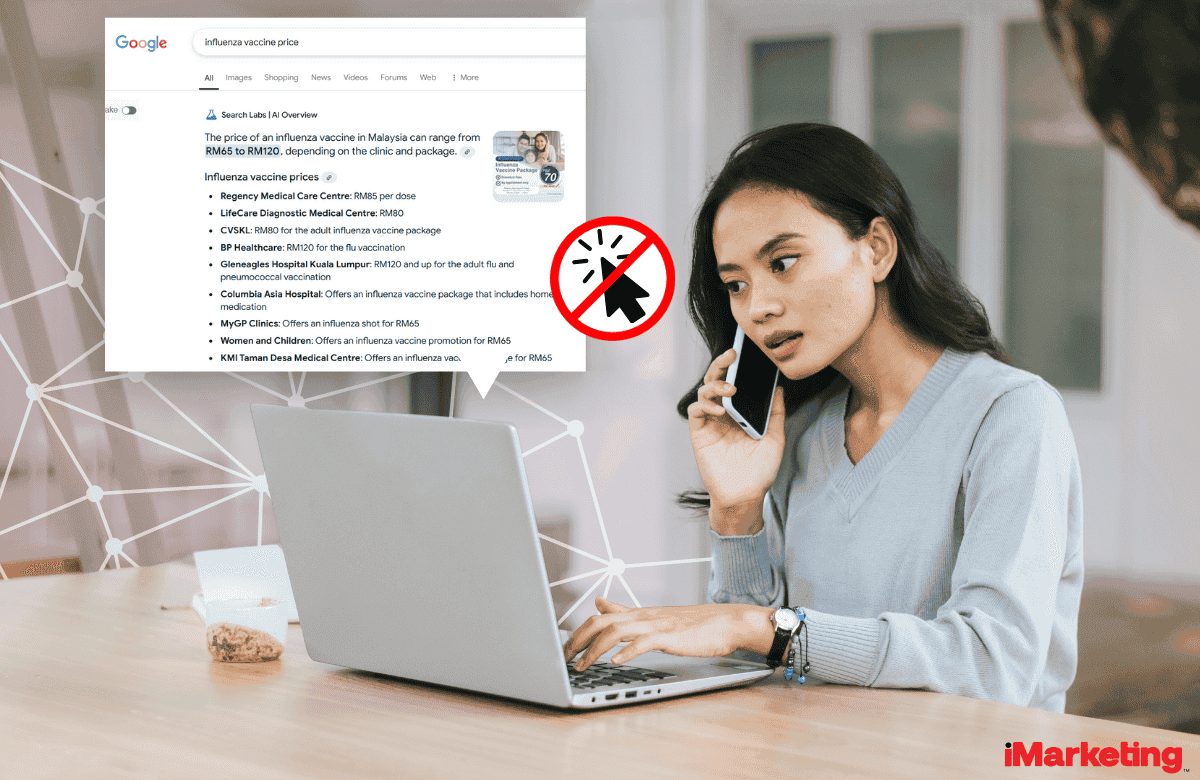
1. Over-Focusing on Snippets at the Expense of Clicks
While featured snippets can significantly boost visibility, it’s crucial to maintain a focus on driving actual clicks to your website. Over-reliance on zero-click SEO may decrease organic traffic as users get their answers directly from snippets without visiting your site. To address this, balance snippet optimization with strategies that encourage click-throughs—such as crafting engaging content that hints at further details or unique insights not fully revealed in the snippet.
2. Ignoring Mobile and Voice Search Trends
Zero-click SEO strategies must account for the growing importance of mobile and voice searches. Ignoring these trends means missing significant opportunities to capture more of the search market. Make sure your content is mobile-friendly and optimized for voice queries using natural, conversational language. With more users turning to mobile devices and voice assistants for quick answers, adapting your approach to these trends can boost your visibility and user engagement.
3. Neglecting Other SERP Features Beyond Snippets
While featured snippets are essential for zero-click SEO, other SERP features such as People Also Ask boxes, Knowledge Panels, and rich snippets play equally important roles. Focusing exclusively on snippets can cause you to miss other opportunities to appear in prominent SERP positions. By incorporating these additional features into your SEO strategy, you can adopt a more comprehensive approach to capturing zero-click search traffic.
4. Misinterpreting Zero-Click Metrics
Understanding 0-click-on metrics is critical for appropriately assessing the effectiveness of your SEO approach. Misinterpreting these metrics can result in erroneous decisions. For example, at the same time as many zero-click searches would possibly advocate proper visibility, it could additionally imply that your content isn’t engaging enough to power clicks. To take advantage of a clearer photo of zero-click on-seek performance, you must analyze consumer behavior and engagement metrics and how these contribute to your normal commercial enterprise goals.
Future of Zero-Click Searches in SEO
The Role of AI in Generating Snippets
Artificial Intelligence (AI) is essential to generating featured snippets. Advanced AI algorithms can technique massive datasets quickly to identify the most relevant and correct facts for answering user queries. This permits search engines like Google and Yahoo to supply instant responses with greater precision and relevance. AI-driven fashions additionally examine consumer interactions, refining snippets’ nice based on the content users discover maximum beneficial. As AI generation evolves, we can expect even greater state-of-the-art snippets that highly recognize context and provide distinctly accurate answers to a wider range of queries.
Expanding Beyond Google: Snippet-Like Features on Other Platforms
While Google remains the dominant search engine, other platforms are adopting similar features to improve user experience. For example:
- Bing: Microsoft’s search engine, Bing, now includes its version of featured snippets, providing quick facts and relevant information directly within the search results.
- Amazon: In e-commerce, Amazon’s search results often include snippet-like features such as product descriptions, ratings, and specifications, offering users essential details instantly on the page.
- Social Media Platforms: Platforms like Facebook, Twitter, and Instagram are increasingly adding snippet-like features to their search functions, giving users quick insights without requiring them to leave the platform.
As these platforms evolve, the concept of zero-click searches may expand further, shaping how users interact with various online services.
Voice and Multimodal Search Trends for Zero-Click SEO
With the rise of voice and multimodal search, customers seek records in new methods, highlighting the significance of zero-click SEO.Voice search, powered by virtual assistants like Google Assistant, Amazon Alexa, and Apple Siri, focuses on delivering quick and concise answers. Optimizing voice search calls to focus on herbal language queries and structuring content to deliver on-the-spot conversational responses. Also, multimodal seek, combining voice, text, and visible inputs, is becoming more common. Users can now engage with search engines like Google through various strategies, including verbally asking questions while importing an image for context.
Conclusion
As we flow into 2025, 0-click on search engine optimization is a must-have for organizations that must live in advance. The evolution of SERPs and user behavior has made providing immediate on-hand data properly on the search results web page important. Optimizing for zero-click searches boosts your visibility, enhances consumer revel, and allows you to stay ahead of the opposition.
So, as you input the zero-click on generation, remember that the key is to provide terrific, easily accessible facts that align with user reason. Stay current on developments, understand consumer conduct, and continuously refine your strategies. The fast-transferring virtual global and know-how-based total financial system requires agile responses to stay ahead. With the rise of the following generation of search, zero-click search engine marketing has become essential for maintaining relevance and effect.






